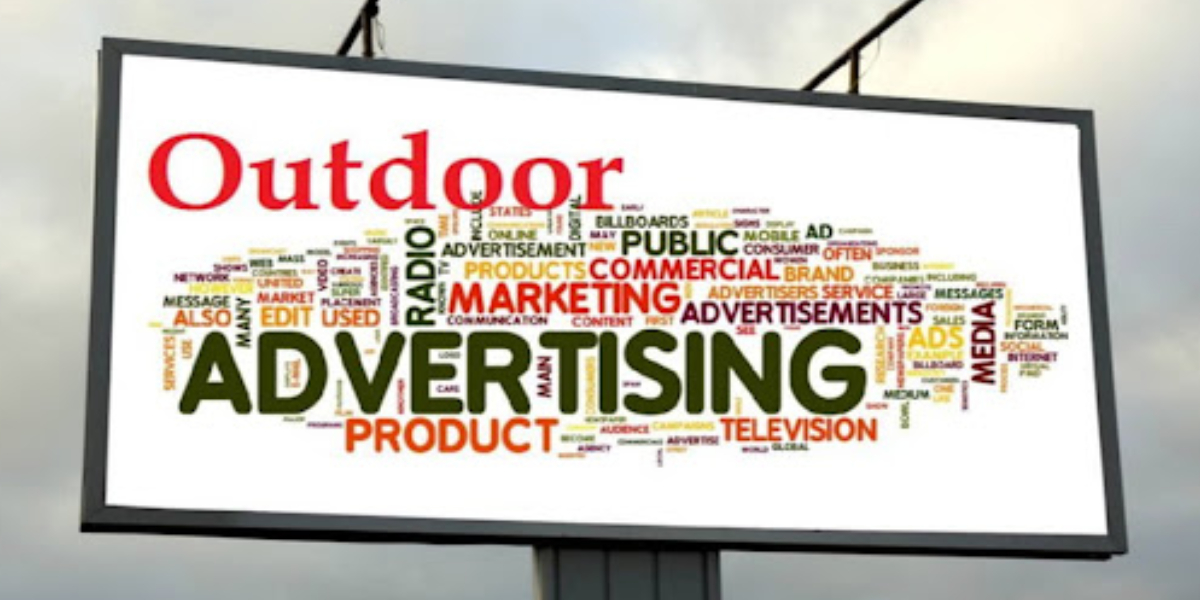In a time when digital advertising dominates the marketing landscape, outdoor marketing continues to prove its worth. Whether it’s a massive billboard along a busy highway, a poster at a bus stop, or branding on a delivery vehicle — these physical, high-visibility formats are still among the most impactful forms of advertising.
Outdoor marketing, also known as out-of-home (OOH) advertising, grabs attention, creates lasting impressions, and builds strong local brand awareness — something that digital ads often struggle to achieve in an oversaturated online environment.
What Is Outdoor Marketing?
Outdoor marketing refers to any form of advertising that reaches consumers while they are outside their homes. This can include:
- Billboards (static and digital)
- Transit ads (on buses, taxis, trains)
- Street furniture ads (bus shelters, benches)
- Posters and banners
- Mall and retail displays
- Building wraps and wall murals
- LED screens and 3D signage
This form of marketing targets people while they commute, shop, walk, or socialize — making it an effective tool to reach a wide demographic.
Why Outdoor Marketing Still Works
Despite the rise of online ads, outdoor marketing remains highly effective. Here’s why:
1. High Visibility
Outdoor ads are placed in high-traffic areas where thousands of people see them every day. Unlike digital ads, they can’t be skipped, blocked, or ignored.
2. Brand Recall
Repetitive exposure to the same billboard or transit ad helps embed your brand in consumers’ minds — leading to better recall when they’re ready to purchase.
3. Local Targeting
Need to target a specific area, city, or neighborhood? Outdoor marketing offers precise geographic targeting, ideal for local businesses or regional campaigns.
4. 24/7 Presence
Once installed, an outdoor ad works for you around the clock, offering continuous exposure without recurring costs (unlike PPC or social media ads).
5. Complements Digital Campaigns
Outdoor campaigns work even better when paired with digital strategies. For example, QR codes on billboards can drive people to your website or social media pages.
Types of Outdoor Marketing Campaigns
Here are some popular formats businesses use to boost visibility:
- Billboard Advertising
Traditional static billboards or modern digital ones with dynamic visuals. - Transit Advertising
Ads on buses, taxis, or metro stations that move with the audience. - LED Display Screens
High-definition LED boards in malls, intersections, or city centers. - Event-Based Outdoor Ads
Pop-up booths, banners, and branded items at festivals or public gatherings. - Vehicle Branding
Wrapping company cars or vans with logos, contact info, and messaging.
These formats make outdoor marketing a powerful choice for product launches, promotions, political campaigns, and brand awareness initiatives.
Industries That Benefit from Outdoor Marketing
Almost every industry can benefit from a strategic outdoor marketing campaign, including:
- Real Estate – Project billboards, location branding, direction signage
- Retail & E-Commerce – Discounts, new store openings, brand launches
- Education – School/college admissions, test prep centers
- Healthcare – Hospital branding, medical camp promotions
- Food & Beverage – Restaurant openings, delivery services
- Telecom & Tech – New offers, app downloads, SIM card campaigns
- Travel & Tourism – Hotel branding, travel agencies, holiday deals
How to Plan an Effective Outdoor Marketing Strategy
- Set Clear Goals
Define what you want to achieve: brand awareness, lead generation, product launch, etc. - Choose Strategic Locations
Target high-traffic areas relevant to your audience — e.g., universities, shopping districts, or corporate zones. - Design Impactful Creatives
Use bold visuals, minimal text, and clear CTAs. People typically view outdoor ads for just a few seconds. - Monitor & Optimize
Track performance using custom URLs, QR codes, or customer feedback. Adjust creatives or locations if needed. - Combine with Digital Channels
Use outdoor ads to drive online engagement — “Follow us on Instagram,” or “Scan to get 10% off.”
Advantages of Outdoor Marketing Over Digital Ads
| Outdoor Marketing | Digital Ads |
|---|---|
| No ad blockers | Often blocked by users |
| Real-world presence | Limited to screens |
| High local visibility | Can be too broad or generic |
| Long-term exposure | Time-sensitive budgets |
| Builds trust through presence | Can be perceived as intrusive |
That said, the best campaigns use both together — combining outdoor reach with digital engagement.
Final Thoughts
Outdoor marketing is far from outdated — in fact, it’s evolving with technology and becoming more relevant than ever. For businesses looking to increase visibility, establish a strong brand image, or dominate a local area, outdoor advertising is a smart investment.
Whether you’re a small local business or a national brand, outdoor marketing can help you reach your audience with unmatched frequency, credibility, and visual impact.



